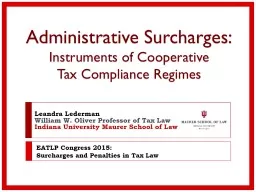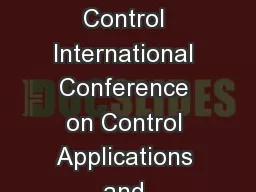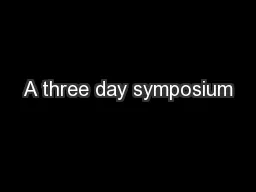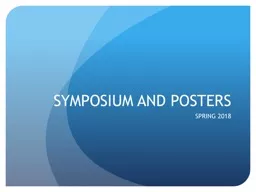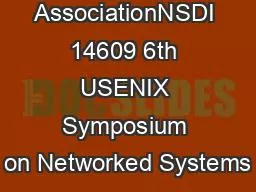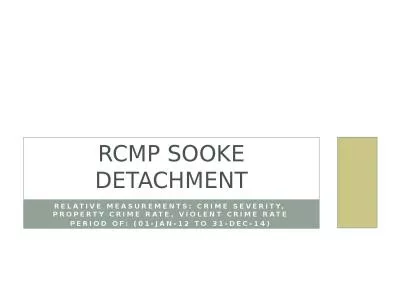PPT-Cambridge International Symposium on Economic Crime
Author : lois-ondreau | Published Date : 2018-03-12
September 6 2017 Leandra Lederman William W Oliver Professor of Tax Law Indiana University Maurer School of Law Voluntary Tax Compliance A View From the US The
Presentation Embed Code
Download Presentation
Download Presentation The PPT/PDF document "Cambridge International Symposium on Eco..." is the property of its rightful owner. Permission is granted to download and print the materials on this website for personal, non-commercial use only, and to display it on your personal computer provided you do not modify the materials and that you retain all copyright notices contained in the materials. By downloading content from our website, you accept the terms of this agreement.
Cambridge International Symposium on Economic Crime: Transcript
Download Rules Of Document
"Cambridge International Symposium on Economic Crime"The content belongs to its owner. You may download and print it for personal use, without modification, and keep all copyright notices. By downloading, you agree to these terms.
Related Documents

